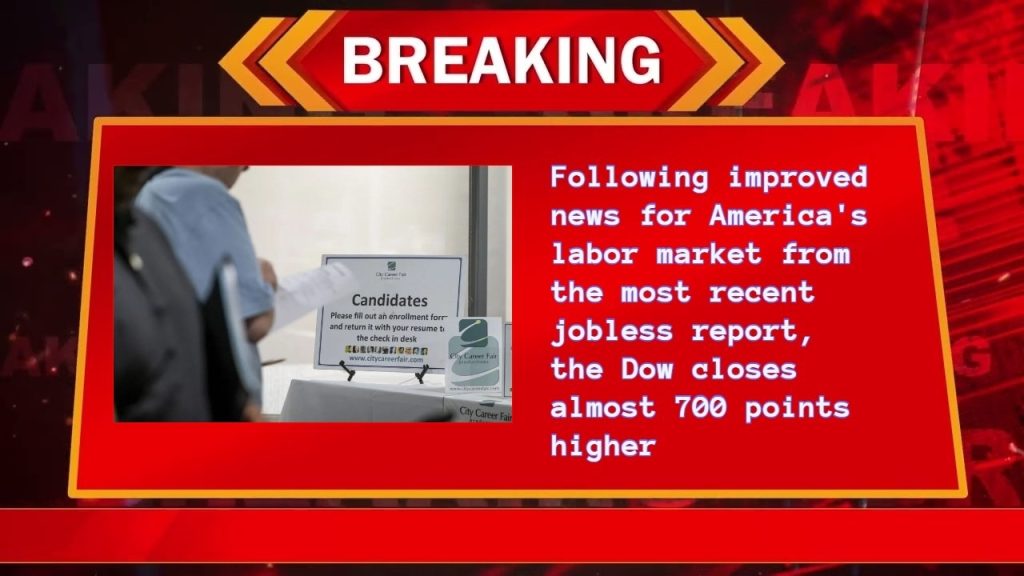US equities rose sharply on Thursday, as fresh labor market statistics revealed that the economy might not be on the downward trajectory that investors had predicted. The Dow increased by 1.8%, or 683 points.
With a 2.3% gain, the S&P 500 had its best day of the year. 2.9% was the highest daily percentage rise for the Nasdaq Composite since February. According to Department of Labor figures issued on Thursday, the number of first-time claims for unemployment benefits decreased last week to 233,000 from the upwardly revised total of 250,000 the week before.
According to economist Joseph Brusuelas, “anything in that range tends to suggest a fairly healthy labor market,” X reported on Thursday morning. For the week ending August 3, 240,000 initial requests for unemployment insurance were anticipated by economists.
The Bureau of Labor Statistics’ data on Friday, which showed that the economy had added just 114,000 jobs last month—much fewer than predicted and much below the 200,000 average of prior months—reversed the negative feeling that had spread throughout the world economy.
Indications of vulnerability
However, there was some bad news for the employment market in Thursday’s report. Additionally, it revealed that for the week ending July 27, continuing claims—which are submitted by individuals who have been receiving unemployment benefits for a week or longer—rose to 1.88 million, marking the ninth consecutive week at or above that threshold. The weekly statistics on unemployment claims is often updated and can be very erratic. It’s still not far from pre-pandemic levels.
The most recent jobs data is being released as Wall Street tries to recover from a market sell-off mostly brought on by the July jobs report, which was lower than anticipated. Concerns that the US economy is headed for a “hard landing,” in which inflation falls to the Federal Reserve’s target of 2% but at the expense of a robust labor market, have increased as unemployment jumped from 4.1% to 4.3%.
On Monday, fears that the biggest economy in the world might be slowing down sooner than anticipated seized global markets. All three of the main US indexes saw severe losses as a result, with the Dow down more than 2.6% at one point and the Nasdaq falling 6% and into correction territory.

